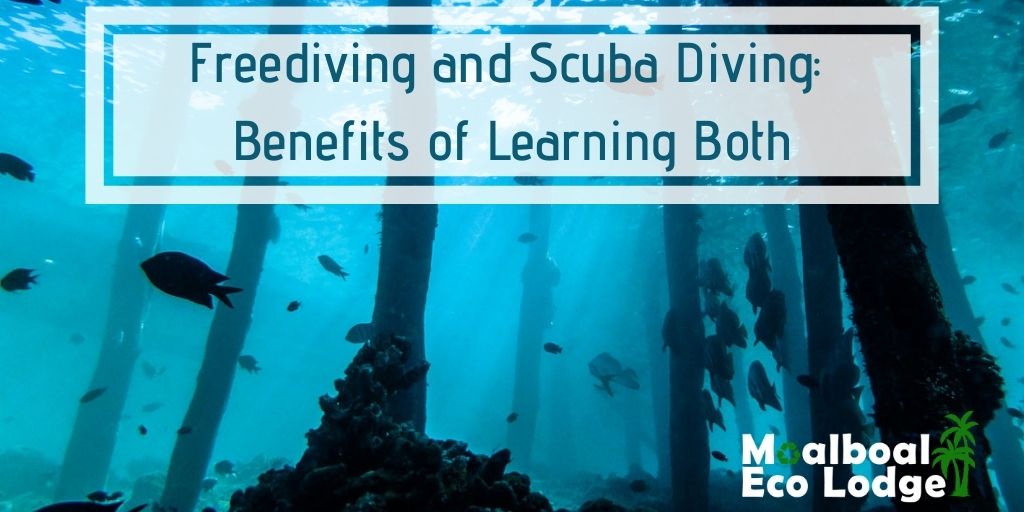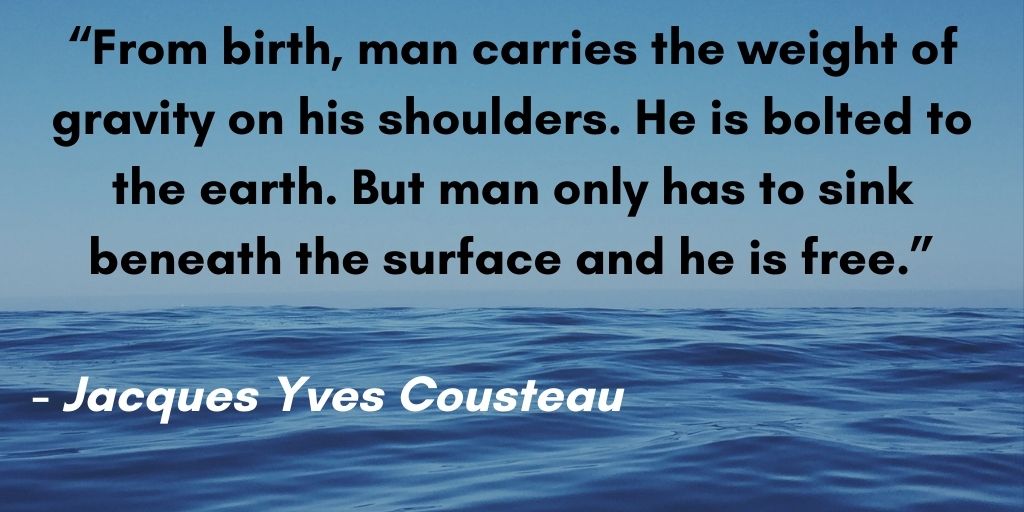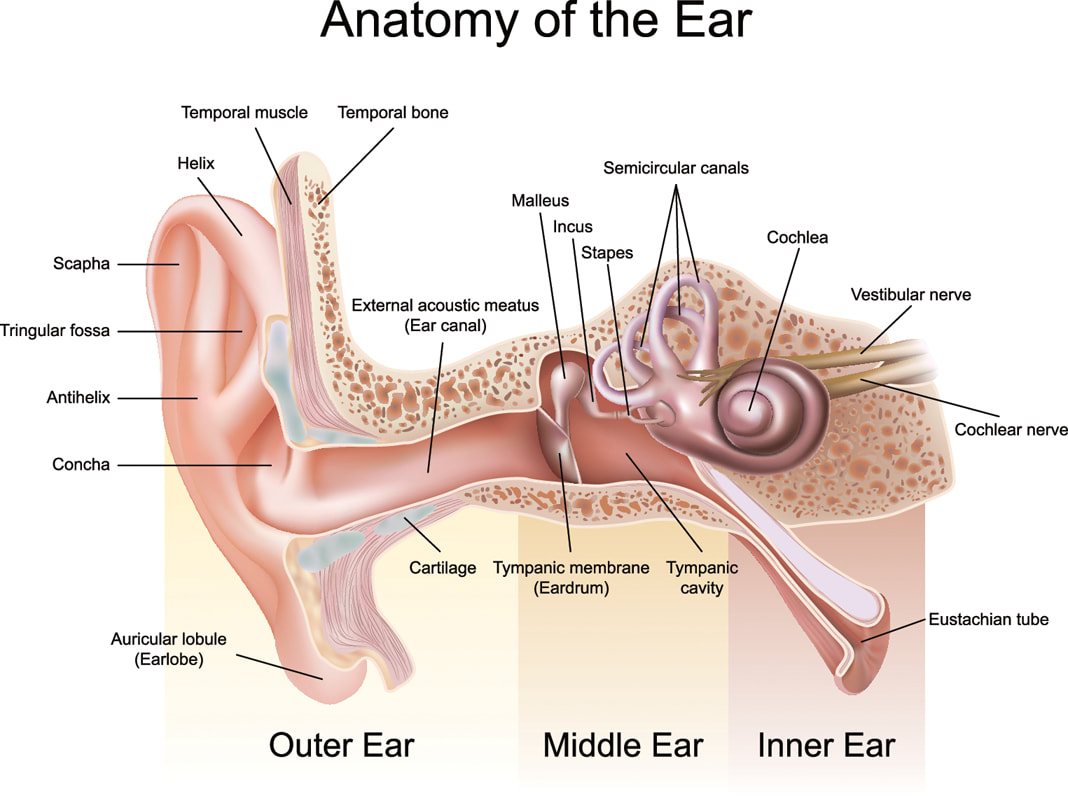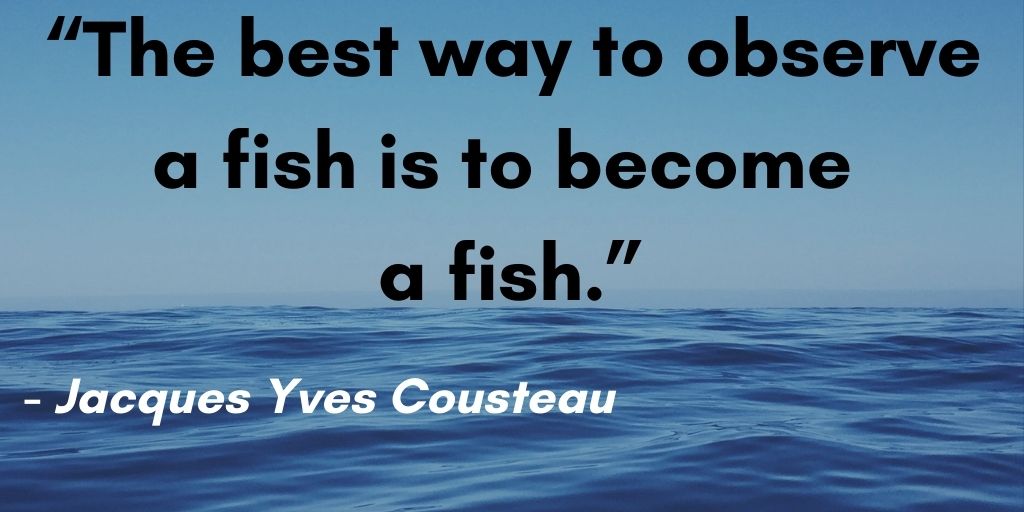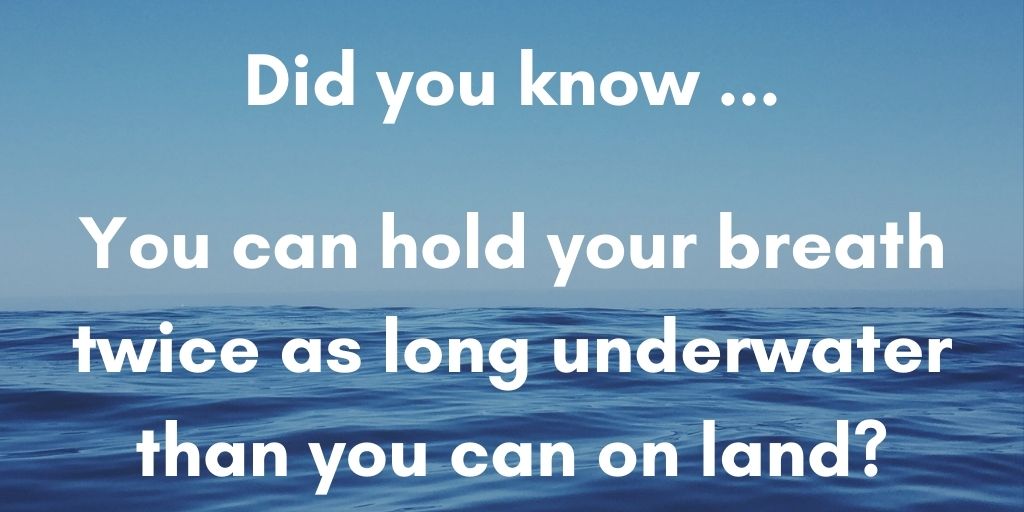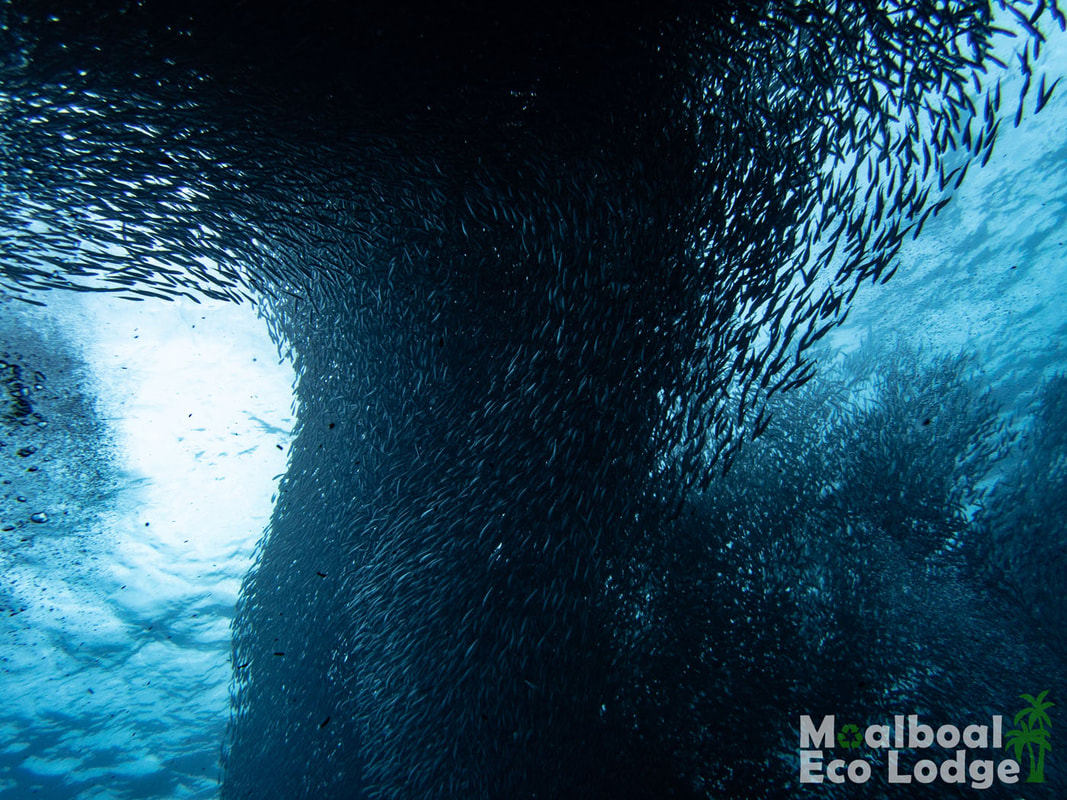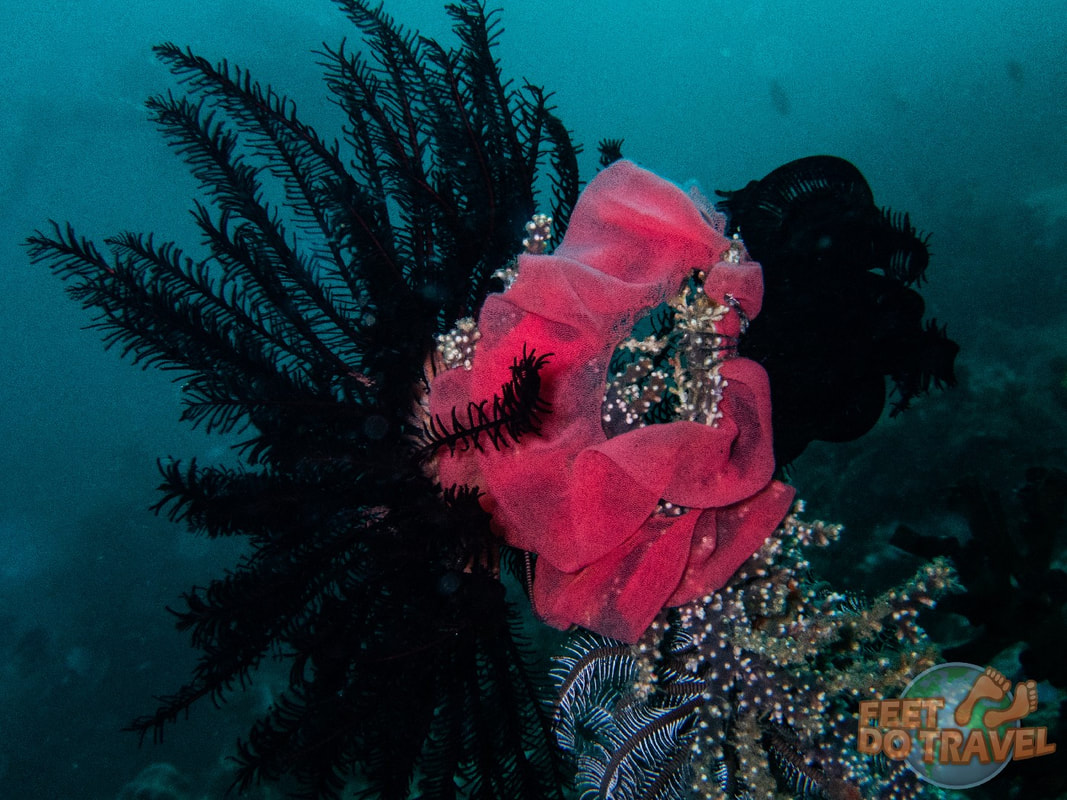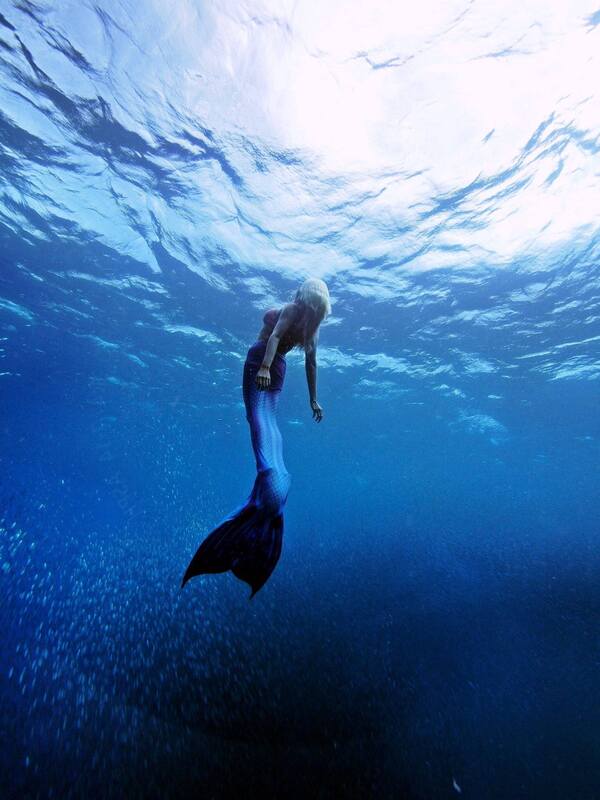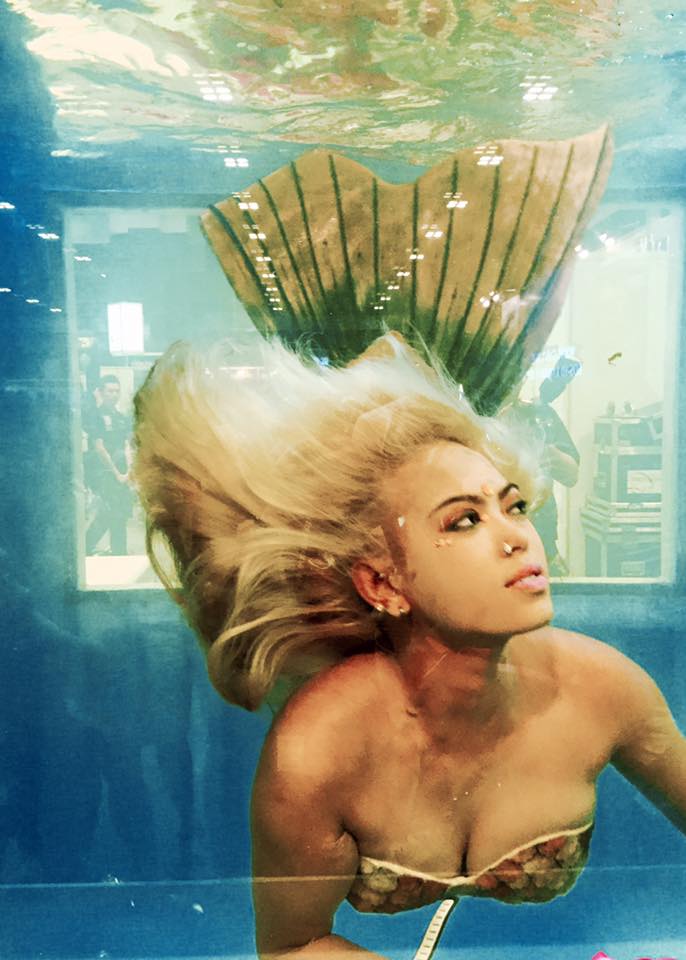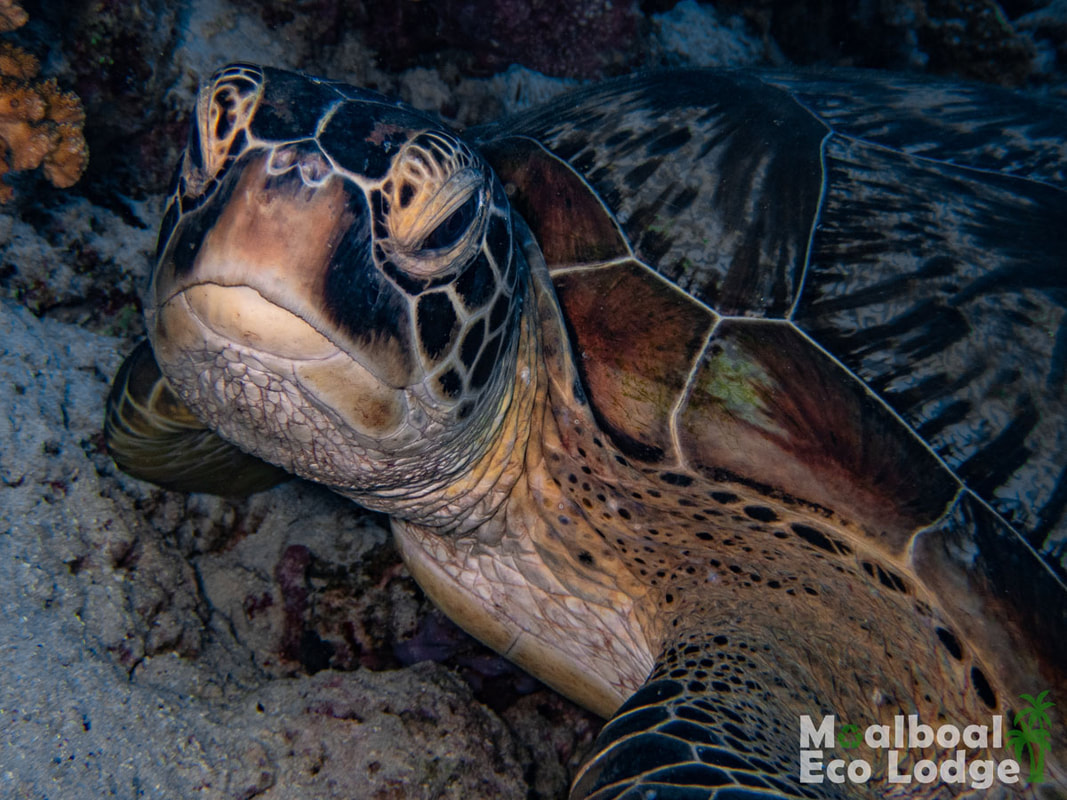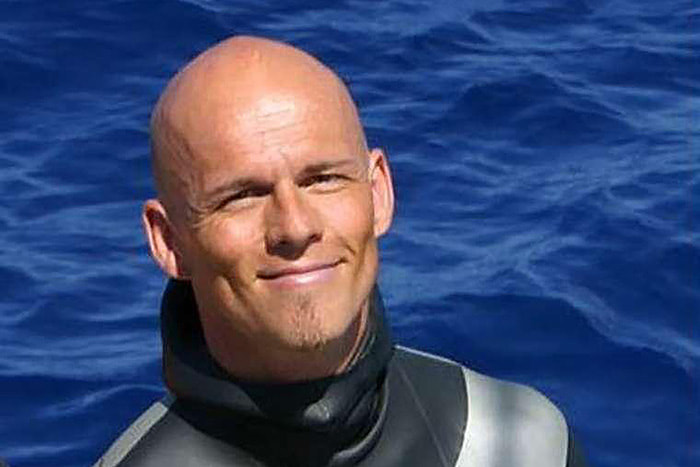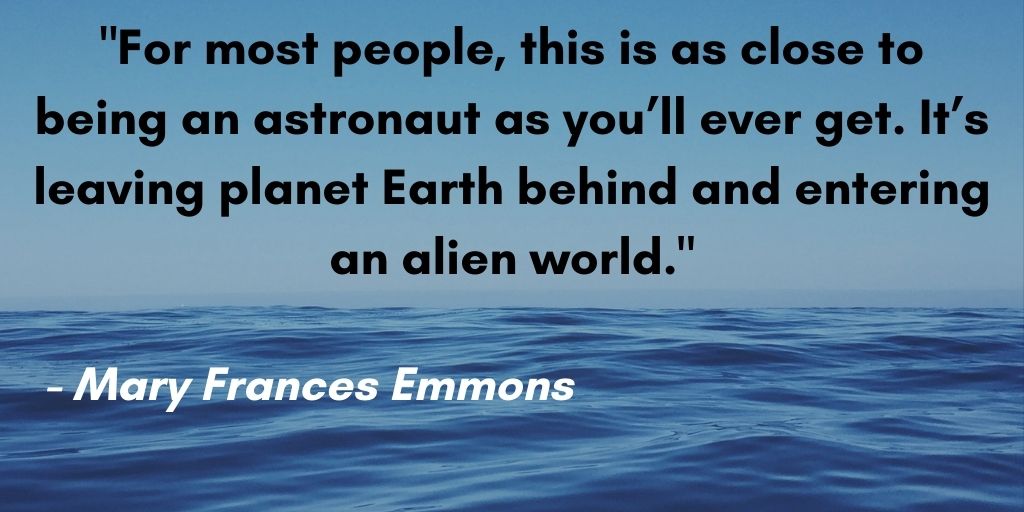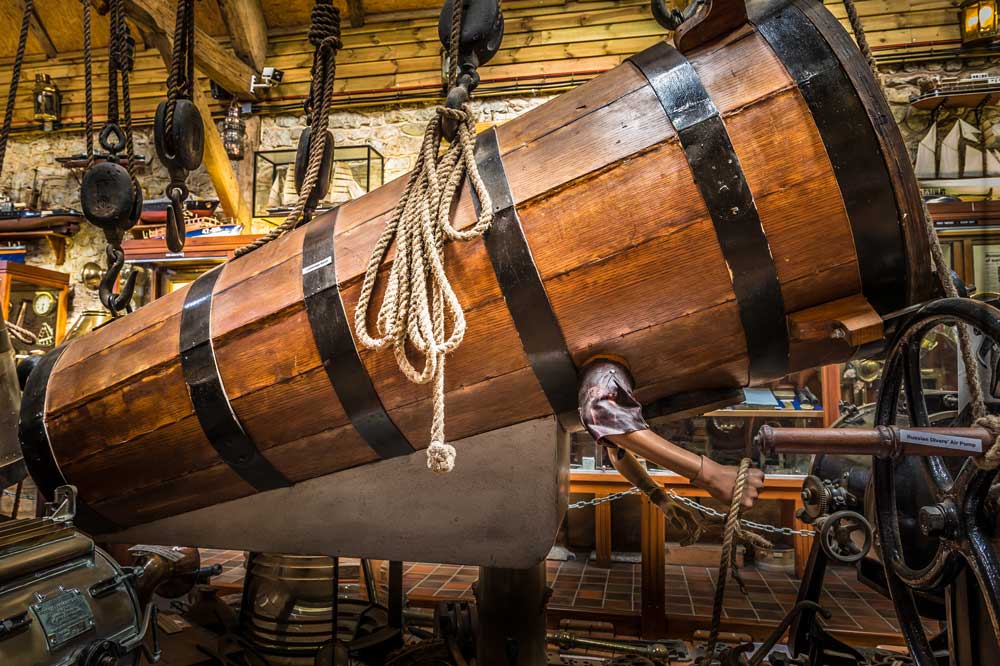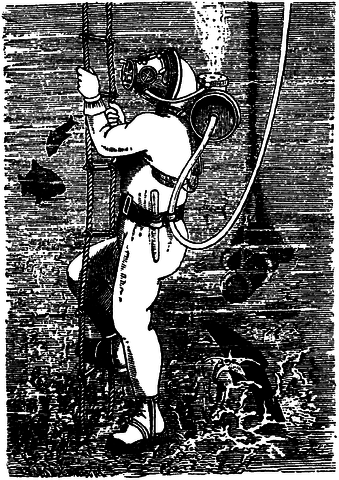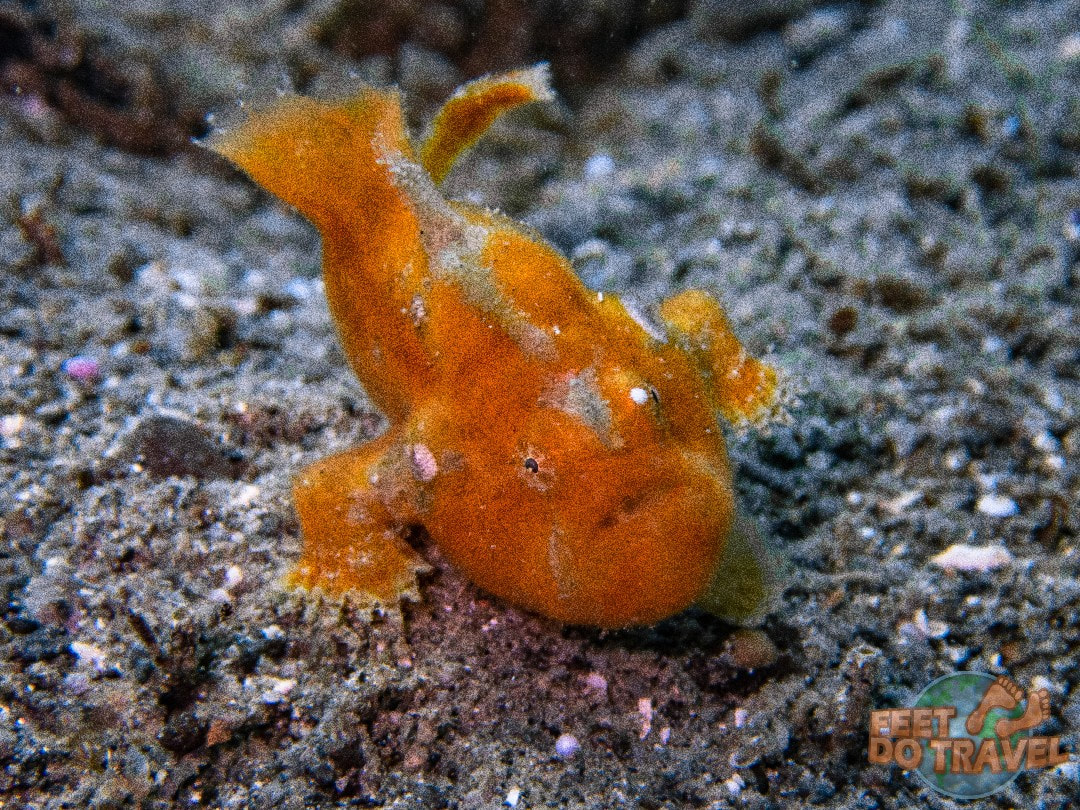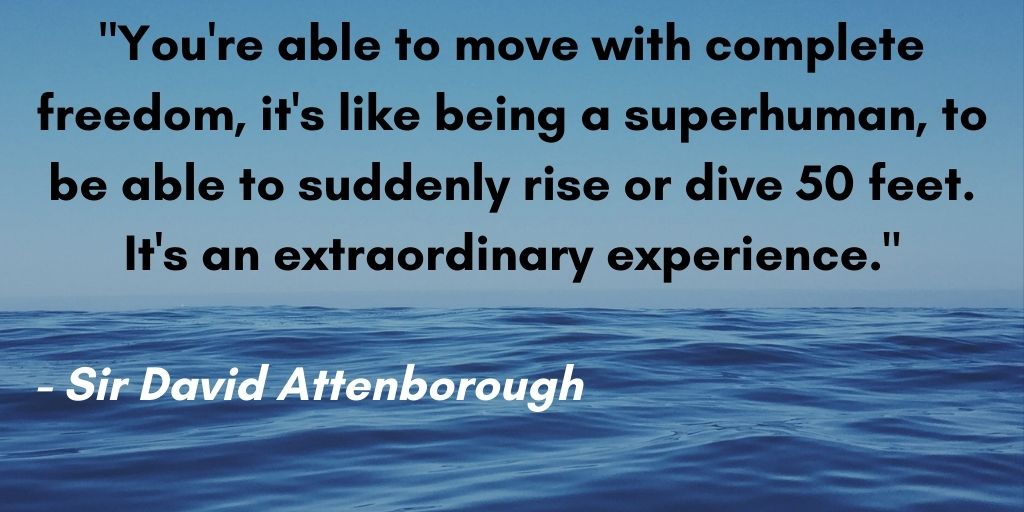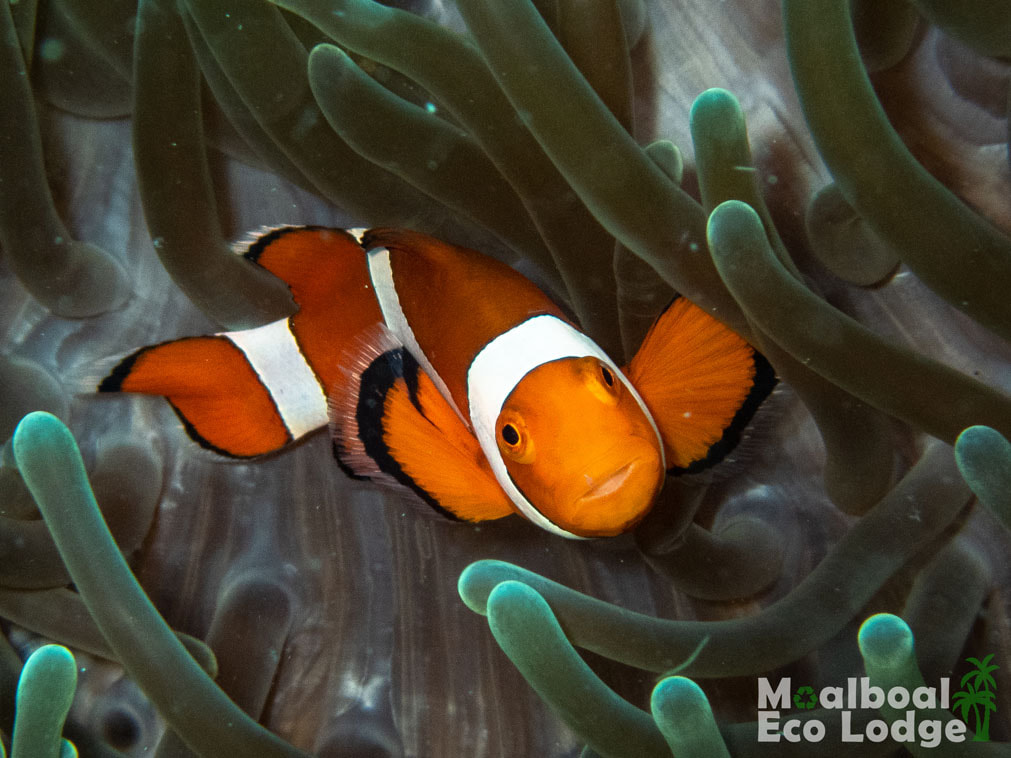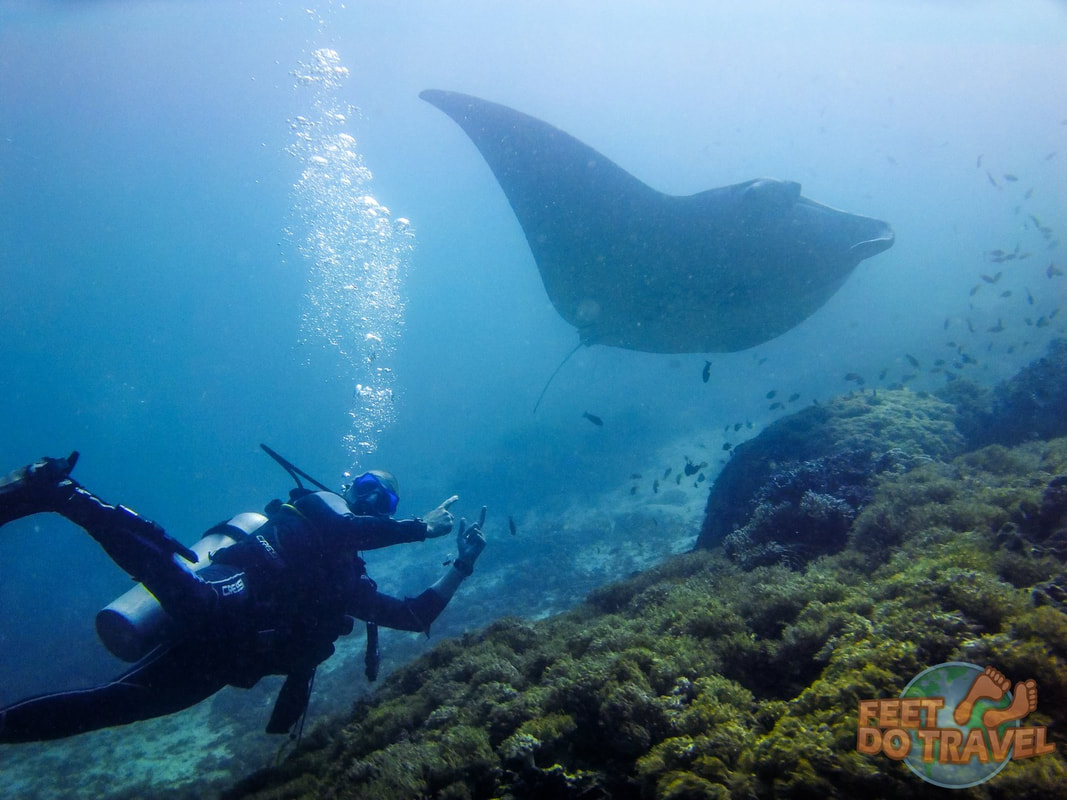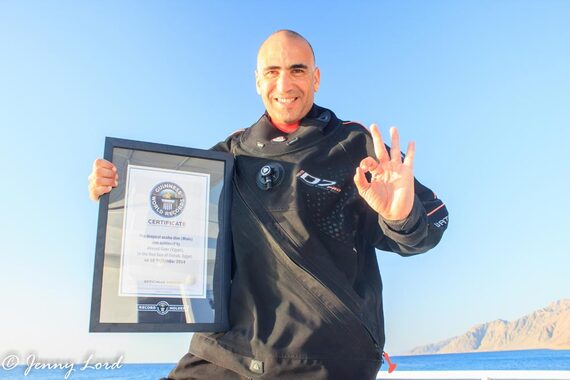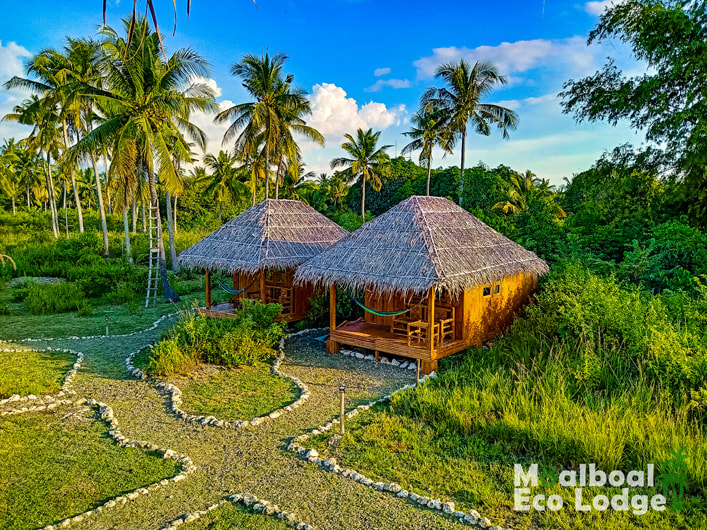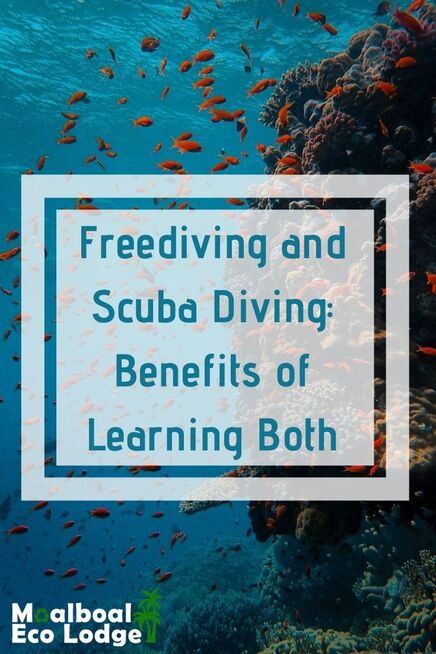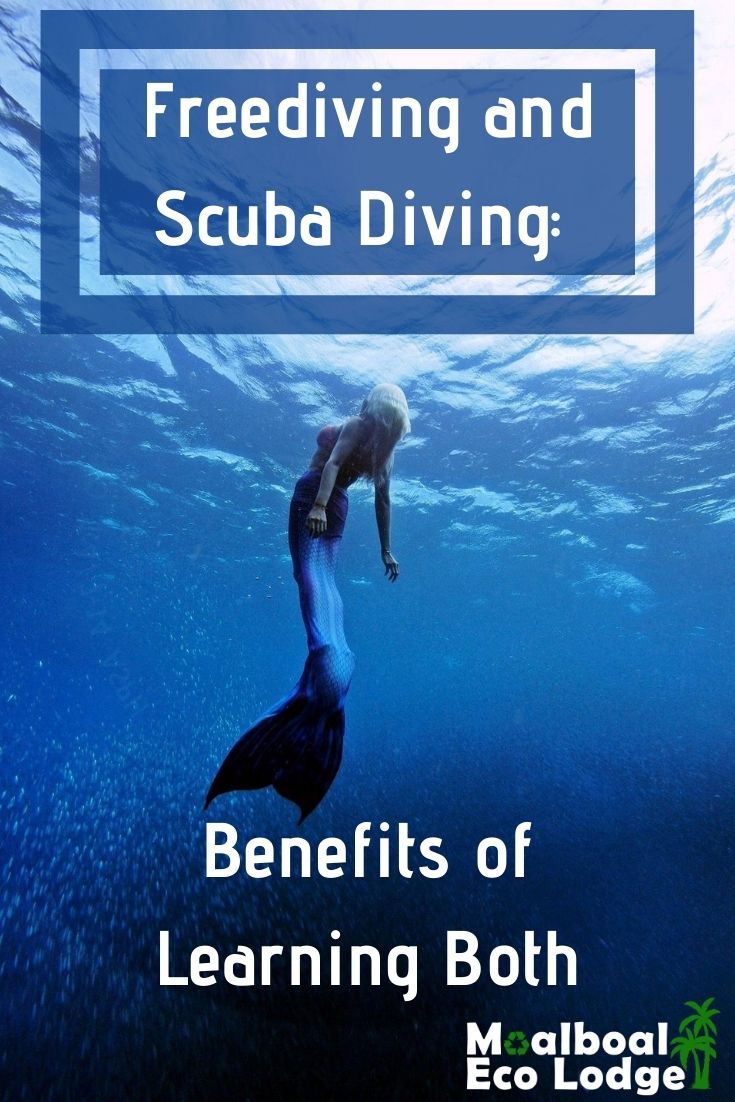|
The Philippines is known for its beaches and world class diving, and Moalboal is one of the best diving spots in the Country. If you have decided to “get your PADI”, have you thought whether Freediving or Scuba Diving is best for you? Before you dip your head underwater, you should consider the benefits of both.
This article aims to show that you don’t have to choose between Freediving and Scuba diving, and doing both will make you a better overall diver. With the use of equipment, scuba diving enables you to breathe underwater giving you more time to observe marine life, however Freediving allows more freedom without the need for lots of equipment and a tank of air. Learning to relax is the most important aspect of learning to dive. Freediving requires you to hold your breath, so if you practice yoga or meditate, you will see similarities in relaxation techniques enabling you to dive longer. In contrast, the number one rule of scuba diving is never hold your breath, but mental relaxation and slow breathing are required otherwise you may not be able to stay underwater. Awareness is another difference; when you scuba dive you look around at what you can see, so this provides external awareness. Freediving brings awareness to your inner self, your strength of mind and many dive to discover or improve themselves. There is a quote “Scuba Divers look outside, Freedivers look inside.” Visitors to Moalboal can do a taster session for both Freediving and Scuba Diving, so its the perfect place to give it a try. Moalboal Eco Lodge show you Freediving and Scuba Diving, the benefits of learning both.
Introduction to Diving Safely
I must stress the importance of safety for both Freediving and Scuba Diving. This article is for beginners, so there are four things that are vitally important: 1. ALWAYS dive with a buddy – it could save your life it’s as simple as that. 2. DON’T dive beyond your experience or training – you don’t know the effects depth will have on your body. 3. RELAX! Both sports require you to be relaxed, if you are comfortable with your face underwater, you already have a head start! 4. NEVER force your ears to equalise as you could cause permanent damage to your ear and hearing. This last one is very important. Ear clearing means you are equalising the pressure in your middle ear (Eustachian tubes) with the outside pressure. If you cannot equalise you risk damage to your ear or hearing. Never force equalisation. Equalisation involves body parts and muscles hidden inside your head, so not everyone can do it immediately.
On an airplane before landing, I am one of the few people who needs to equalise using the valsalva manoeuvre (pinch your nose and blow gently), and used to experience a lot of pain when the aircraft was descending. When I first started to learn scuba, I experienced a lot of problems taking as long as 10 minutes to equalise and join the rest of my dive group. Thankfully now I can do it with relative ease, and equalise on every flight with little discomfort.
Equalising for freediving is very important and more difficult than equalising for scuba diving. It can take some people a few months to achieve it properly. You will learn more about equalising during a freediving course than you would scuba diving, so if you are someone who struggles to equalise, consider starting with freediving. If you are having troubles equalising for freediving, with scuba you do things more gradually and give yourself more time to equalise, which may be a better option so can start enjoying the underwater world sooner - but always remember, NEVER force equalisation.
Freediving
Pros: No need for lots of equipment Don’t need air tanks Cost less money No dive centre association needed just you and a buddy Dive wherever you want (with a buddy) No bubbles so marine life aren’t as scared Cons: Only a few minutes spent underwater on each dive Less time to observe marine life Can take time to train your body/mind for deeper depths Possibly take longer to get an open water certification due to equalisation issues What is Freediving? Freediving is also called apnea or breath-hold diving, and is diving underwater whilst holding your breath. Some people freedive for fun to see fish, to view the underwater world, whilst others use this skill for spearfishing.
Freediving has been around for over 6,500 years. Archaeologists found objects decorated with pearls which could only be obtained from the seabed, they dated back to 4,500BC. Freediving was historically used to fish for food, sponges, pearls and shells. The first recorded freedive was in 1913 by sponge diver and fisherman Stathis Hatzis from Symi, Greece. He dived to a depth of 87.5 metres to locate and tie the anchor of Italian battleship Regina Margherita which had become lost on the ocean floor.
Requiring less equipment, Freediving provides greater freedom and flexibility, and once you are trained, you can dive with just a buddy or group of friends without the need for a dive centre. If you want to Freedive but don’t have a buddy, then go with your nearest dive centre – NEVER dive alone.
Described as freefalling in space, Freediving looks graceful and is ethereal to watch. World Champion Freedivers such as Guillaume Nery make it look effortless, gliding elegantly through the water. The man behind the YouTube sensation Free Fall, was in Moalboal to coach at Freediving Planet.
Guillaume Nery also appeared in the awesome Naughty Boy Ft Beyoncé’s video “Runnin”.
What is involved in learning to Freedive?
Learning to Freedive involves strengthening your mind, which can help you mentally, especially during difficult times in life. The mental preparation involved for breath hold helps you focus, and remain positive. People who practice yoga or meditate relate to Freediving because of the breathing disciplines involved, and it’s these breathing methods which help you become a better Freediver and scuba diver. Freediver Martina Amati said “There is an element of physicality but it’s mainly mental. It’s not about your physical ability, but about your mental skills and mental training basically. You need to let go of everything that you know and everything that makes you feel good or bad. And so it’s a very liberating process. But equally you need to stay completely aware of your body and where you are, entirely in the moment.”
Freediving training allows you to build your confidence in the water slowly and progressively. You will start with 2–3m depths, so if this scares you, you can stay at this depth until you work on your technique and gain confidence.
Training involves becoming aware of how you’re feeling underwater, and you focus on being relaxed and comfortable without air. Once you are comfortable, you can dive progressively deeper, and you soon realise you are able to go without breathing a lot longer than you previously imagined. Freedivers often strive for personal bests (PBs) in depth or time which require a lot of dedication, perseverance and determination to achieve.
Some people freedive to release their inner mermaid, and I personally know a few professional mermaids. The mermaid culture is so big, in Bohol the Mermaid Academy has a specific course which teaches you how to become a qualified mermaid. It includes how to swim with a tail and monofin, so if you ever wanted to be Ariel, Freediving is the option for you. When you are a professional mermaid, you are hired for underwater photo shoots, birthday parties, to speak at conferences, or you can represent your Country in the World Mermaid Championship (my friend Mermaid Odessa represented the Philippines in 2019).
Reaching Greater Depths
I am constantly amazed at the depths the human body can reach. With the right training and dedication, over a period of time, humans are pushing themselves more than anyone ever thought possible. Freedivers can train their body to dive far deeper on one breath than the recreational scuba diving limit of 40 metres with a tank. Technique is taught first, because with the right technique your confidence increases, and so does your ability to dive to deeper depths however this can only be achieved via a qualified Freediving Instructor who will be able to coach you through your journey. When the time is right, you will reach the depth to which you aspire.
Competitions are held annually around various islands in the Philippines, and in July 2020, Moalboal saw Freediving Planet owner Jean-Pol Francois (JP) achieve a new National Record for Belgium. JP held his breath underwater for 8 minutes 21 seconds. The average person can hold their breath for up to 2 minutes.
The “Deepest Man on Earth” is Austrian Herbert Nitsch. He holds a total of 33 world records in all of the eight freediving disciplines, and can hold his breath for over 9 minutes. In 2007 he achieved the no limits freediving record reaching an incredible depth of 214m (702ft) in 4 minutes 24 seconds. In 2012 he passed his own record diving to 253 meters (830 feet), but suffered injury on the assent. Different Freediving Disciplines Static Apnea (STA) – No diving, just holding your breath underwater for as long as possible. It’s the foundation for other freediving disciplines Free Immersion (FIM) - Use a rope to pull you down for the descent and up on ascent, no finning Constant Weight with fins (CWT) – Carries the same weight throughout the dive, with fin or monofin (a great tool for freedivers) Constant Weight without fins (CNF) – Carries the same weight throughout the dive, no fins allowed Variable Weight (VWT) – Weight changes during the dive, i.e holds few kilos to start the dive, but drops the weight and fins to end the dive No limits (NLT) – Uses a metal sled to gain depth, but this discipline is rarely used If you want to try freediving, contact our friends at Freediving Planet
Scuba Diving
Pros: Longer time underwater to observe marine life Initially can dive to deeper depths Spend time underwater with friends/family sharing the experience Cons: More equipment More expensive Need to dive with a dive centre What is Scuba Diving? Scuba is a way of diving the underwater world using a Self-Contained Underwater Breathing Apparatus hence the acronym Scuba. Divers breathe compressed air allowing them to stay underwater for long periods of time, go deeper for longer, and cover greater distances than they would by simply holding their breath. Many people learn scuba because they want the opportunity to observe marine life behaviour, to marvel at colourful fish on coral reefs, to survey a wreck with more time, or to search for tiny critters hidden on the seabed.
Diving has been around for thousands of years, using various primitive methods to breathe underwater. The first person to design a diving suit was English inventor John Lethbridge in 1715. He called it a “diving machine” and built a barrel which was pressure-proof, then filled it with air which enabled him to breathe for around 30 minutes, and take him to a depth of approximately 18 metres. He would lay on his stomach, look through a round glass window, and push his hands through two watertight enclosed sleeves. This gave him more manoeuvrability when salvaging wrecks, from which he made a lot of money over the next 30 years.
What is involved in learning to Scuba Dive?
Learning to Scuba Dive requires two things; 1. To be comfortable under water 2. Become familiar with your equipment which allows you to breathe underwater Learning to scuba dive starts with getting used to your face being in the water, and how to breathe through a regulator. It can be unnerving to start with, but you learn to trust that your equipment will give you air as long as you continue breathe. The number one rule of scuba diving is NEVER HOLD YOUR BREATH. You need to demonstrate you are comfortable with your face in the water, and show you can perform some basic safety skills before you can go into the ocean. Then you can move onto learning about the equipment which will enable you to breathe underwater. Scuba is an equipment based sport, so you will be shown how it works, and what you can do to make your dive more comfortable.
Once you have learnt the skills of scuba, it’s practice, practice, practice. Some people take to scuba easy and are confident straight away, but for others it can take as many as 10–20+ dives before they feel comfortable, similar to when you first learn to drive a car. When you learn to relax, breathe slowly and steadily, you can focus all your attention on the amazing underwater world, and beauty it has to offer.
Sir David Attenborough explains his experience of scuba diving the Great Barrier Reef:
"I was a total beginner and when I say it's one of the most memorable things in my life, I'm talking about how suddenly when you go underwater with scuba gear, that first moment is equivalent to you being able to fly, because you can just move anywhere in three dimensions. When you can do that over a coral reef, which is full of hundreds of different species which you've never seen before of the most beautiful kind, wonderful, vivid colours, shapes and so on, it's an unforgettable moment."
Observing Marine Life in their natural habitat
The beauty of scuba diving is being able to stay underwater long enough to observe the behaviour of marine life. Some of my most memorable experiences is watching the majestic manta ray at Mawan dive site in Komodo, and Blue Magic Dive Site Raja Ampat, both in Indonesia. They were gliding around cleaning stations above us over and over, and we watched them for over 30 minutes on multiple occasions. You cannot chase after a manta (you should never chase any marine life), but if you stay still and hover, they will come to you. Naturally curious creatures, mantas will watch you then swim closer and closer, it’s truly mesmerising.
Diving to greater depths
It is more difficult to dive to greater depths with scuba than it is freediving, due to dangers with water pressure, darkness, coldness, and limited air supply in deep water, which all pose threats to survival. Less than 10 people in the world have ever scuba dived below 240 metres (800 ft), in fact more people have set foot on the moon than have dived this deep. Scuba Diving Progression 18 metres (60 ft) - Open Water 30 metres (100 ft) - Open Water with Deep Adventure 30 metres (100 ft) - Advanced Open Water 40 metres (130 ft) - Advanced Open Water with Deep Specialty Rescue Diver Dive Master Instructor Diving deeper than 40 metres requires specific advanced training known as Technical diving or tech diving. This applies to anyone diving outside of recreational diving limits, and isn’t just about going deeper, it’s also cave diving or deep wreck exploration. Just because you are qualified to dive deeper, it doesn’t mean you should always do it, as there are a lot of dangers associated with breathing compressed air, or mixed gases at depth.
In 2001, John Bennet became the first person to scuba dive to 308 metres (1,010 ft) in Oriental Mindoro, Luzon, Philippines. Sadly in 2004 he was on a salvage dive in Korea and went missing, he was presumed dead in 2006 but his body was never recovered.
In 2005, South African Nuno Gomes dived to 318.25 metres (1,044ft) off the coast of Dahab. The current Guinness World Record holder is by Egyptian Ahmed Gabr, a dive instructor and technical diver of 17 years, and ex Egyptian Army special forces officer who dived to 332.35 m (1,090 ft 4.5 in), also in Dahab. It took him 14 minutes to reach the depth, but over 14 hours to re-surface using a total of 90 tanks, as he was following safety procedures involved in diving at depth. To learn scuba diving, to further your dive education or to take the next level into technical diving, contact Kasai Village Resort.
Where to stay in Moalboal
When visiting Moalboal, Moalboal Eco Lodge is the perfect place to stay. Located in the middle of a peaceful field with no traffic noise, it’s close enough to amenities, but far away so you can have a good night’s sleep. There is plenty of space to observe physical distancing at the Eco Lodge. Nestled in amongst palm trees, bamboo and coconut trees, Moalboal Eco Lodge have beautiful Bamboo Cottages suitable for solo travellers, couples and friends. We have two private rooms and a spacious 4-6 bed family room, a breakfast area, kitchen, and a stunning hammock/yoga/sunset deck. Take a look at our rooms! Please read our COVID-19 Care page for more information regarding your safety. Visit our Eco Shop* for all your plastic free, zero waste, palm oil free travel products! (*10% from every purchase is donated to Moalboal Dog Rescue) For help regarding travel and Visa requirements, visit our Travel Information page
Interested in diving?
Swimming with Sardines in Moalboal Thresher Shark Diving, Malapascua Want a Day Trip from Moalboal? Kawasan Falls, Badian Basdaku “White Beach”, Moalboal Mantayupan Falls, Barili Lambug Beach, Badian Montpeller Waterfall, Alegria Taginis Falls & Budlot Spring Simala Shrine Castle Church, Sibonga Heading to the Philippines? Check out these related posts! Bucket List Ideas and Experiences in the Philippines Fun Facts about the Philippines Is Oslob Whale Shark Watching Ethical? Things You Should Know Before Visiting the Philippines 28 Things to Do in Moalboal, Cebu Must-Try Filipino Foods Do you want to travel responsibly? Eco Friendly Gifts for Christmas and Any Occasion Sustainable Travel: How to be a Responsible Tourist 12 Plastic Free & Zero Waste Travel Tips During Coronavirus Plastic Free & Zero Waste Toiletries: Space Saving Travel Essentials International Orangutan Day: Palm Oil Free Challenge
Pin this post for future reference!
0 Comments
Your comment will be posted after it is approved.
Leave a Reply. |
Archives
October 2023
Categories
All
|

